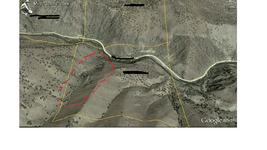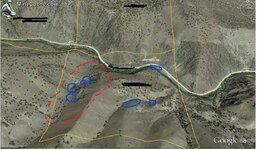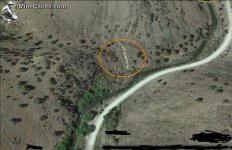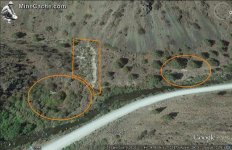So ive realized that finding good information on locating gold that is not within a stream bed is very hard to find. Ive asked on this forum before and the main answer i get is "get to bedrock" which is easier said than done. Ive dug for hours straight and never found bedrock in certain areas. Anyways ive gotten access to a new claim which claims to be virgin ground. a little background on this spot could help get my answer so this area is part of a 15-2o mile canyon which was dredged in the old days by a bucket line dredge. The dredge stopped about a mile before this claim and this area was never mined. This claim is near the end of the canyon and then the landscape changes to flatlands. A guy i met on this forum let me dig around on a claim of his about 5 miles further up the road in this same canyon and i found good color up high in the hills with next to nothing down low and in the stream bed. What im asking is for some good advice that does not consist of "get to bedrock" and "sample areas". I understand those are obvious responses to the question. Im more after good solid knowledge on how to read the land and identify spots which are MOST LIKELY to be good areas. Any thoughts?
forgot to add info, i think the red circle looks like a good area, am i on the right track?
Thanks!

forgot to add info, i think the red circle looks like a good area, am i on the right track?
Thanks!

Last edited:
Upvote
0










